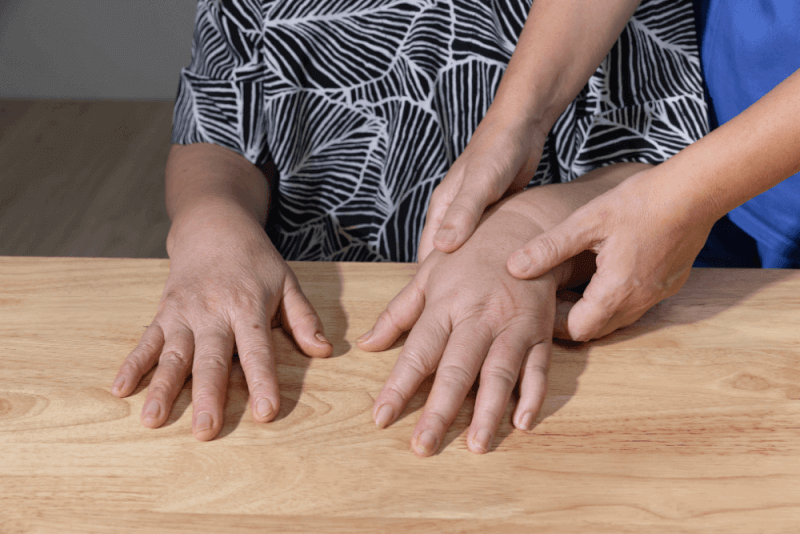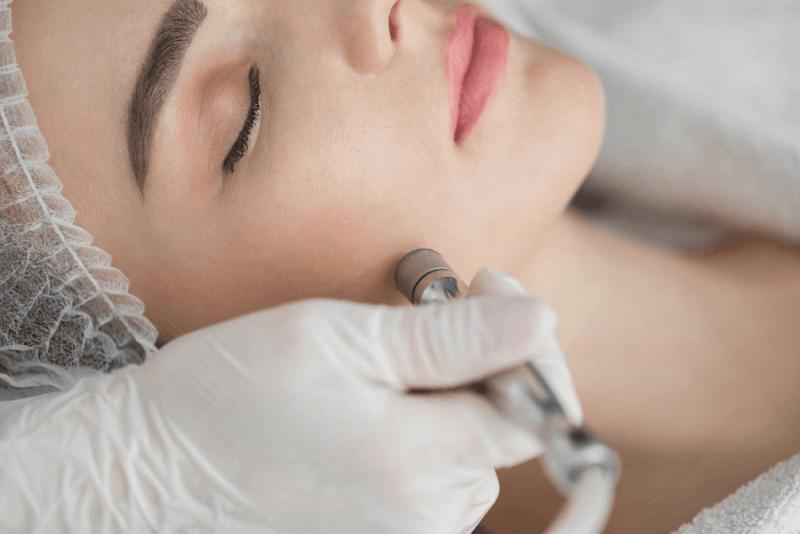What is a Boil?
A boil is described as a painful, pus-filled swelling under the skin caused by the infection and inflammation of one or more hair follicles by bacteria. Boils typically start as red or purple tender swellings and soon fill with pus, swelling in the process. Over time, the boil continues to grow and cause pain until it bursts. The most likely areas for boils to occur include the back of the neck, face, armpits, thighs, and buttocks.
When boils create a connected area of infection under the skin, this condition is referred to as a carbuncle. Carbuncles are also known as clusters of boils.
Symptoms of Boils
While boils can appear on any part of the body, they are most commonly found in areas where there is the most friction and sweating. The symptoms of boils include:
- A painful red swelling that starts small but can grow larger than 5 centimeters
- Reddish or purplish swollen skin around the lump
- Swelling that increases within a few days
- Development of a yellow-white tip as the boil bursts and pus drains out
In cases where a person develops a carbuncle, the infection is more serious and deep-seated. As a result, the likelihood of scarring after healing is higher. Other symptoms seen in patients with carbuncles include:
- Feeling unwell
- Fever
- Chills
Causes of Boils
Boils are primarily caused by the Staphylococcus aureus bacteria, which is commonly found on the skin. These bacteria can enter the subcutaneous layer of the skin through minor injuries or factors such as insect bites.
Risk Factors for Boils
Regardless of how healthy a person may be, there is always a possibility of developing boils. However, certain risk factors can increase this likelihood, including:
- Living with someone who has boils
- Having diabetes
- Any damage to the skin's protective barrier
- Weakened immune system
Complications of Boils
Boils rarely cause complications, but the most common complication is the infection spreading into the bloodstream. This can lead to sepsis, which is a widespread infection. However, infections in the bloodstream can also cause deeper body infections like endocarditis and osteomyelitis.
What Health Problems Can Boils Indicate?
While boils can occur in healthy individuals, recurrent boils may be an indicator of other health issues. These health problems include:
- Weak immune system
- Diabetes
- Poor skin hygiene
- Friction and injuries
- Family history
Eye Stye
An eye stye is a painful, pimple-like swelling on the eyelid, caused by an infection in the oil glands or eyelash follicles. It is commonly due to inadequate eye hygiene and the use of dirty contact lenses. Other factors that may contribute to the occurrence of an eye stye include:
- Weakened immune system
- Chronic diseases
- Minor injuries
- Allergic conditions
- Secretions accumulating in oil glands
- Blocked hair follicles
Lancing Boils
Boils should not be lanced for treatment purposes. Piercing or bursting boils can spread the infection-causing bacteria. This can increase the infection or allow it to enter the circulatory system, leading to more serious clinical conditions.
Boil Treatment
Small boils can be treated at home. Applying a warm compress may be sufficient to alleviate the pain caused by the boil and promote natural drainage. However, the treatment options for large boils or carbuncles include:
Incision and Drainage
An incision can be made to drain a large boil or carbuncle. For deep infections that do not fully drain, a sterile gauze may be placed at the incision site to absorb and remove pus.
Antibiotics
Antibiotics may be prescribed to assist healing in severe or recurrent infections.
Types of Boils
There are various types of boils, but the most common include:
Oriental Sore
Also known as Aleppo boil, the oriental sore is caused by the transmission of a parasite known as Cutaneous Leishmaniasis, transmitted by sandflies. It typically starts with pimple-like bumps especially on the hands, face, and feet. As the infection progresses, these bumps can turn into sores measuring 1-2 centimeters, leaving permanent scars if not treated.
Anthrax
Also known as malignant pustule, anthrax is caused by the Bacillus Anthracis bacterium found in animals such as sheep, cows, and goats. It begins with fluid-filled blisters that cause itching. Over time, the center of these blisters darkens and becomes painless.
Carbuncle
Also known as a lion's claw, this type of boil is medically referred to as a carbuncle. It causes more severe symptoms compared to other types of boils.
How to Prevent Boils?
It is not always possible to prevent boils, especially in individuals with weakened immune systems. However, the following measures can help avoid them:
- Regular hand washing with soap
- Use of alcohol-based hand sanitizers
- Keeping cuts and scrapes clean and covered
- Not sharing personal items








